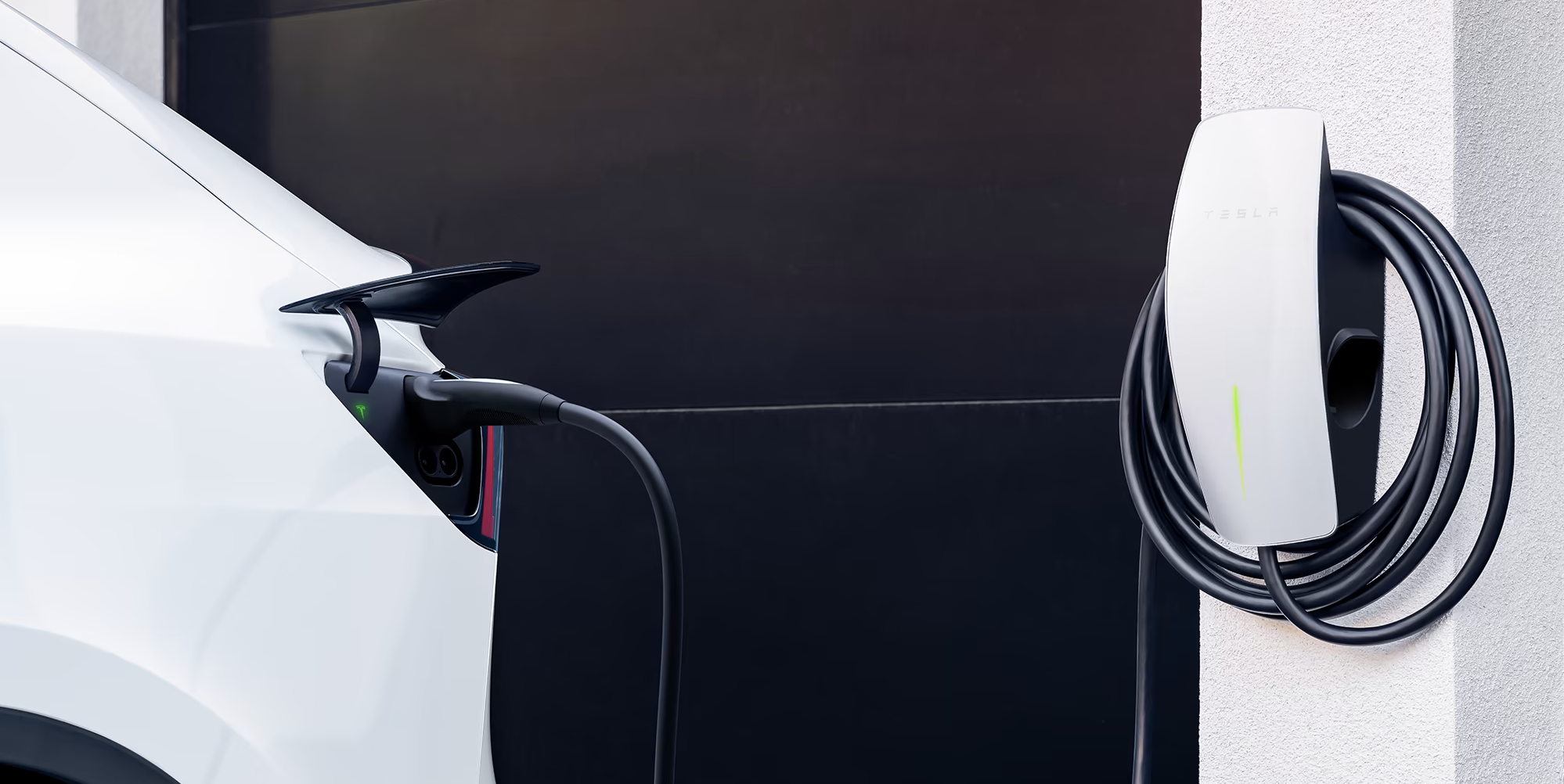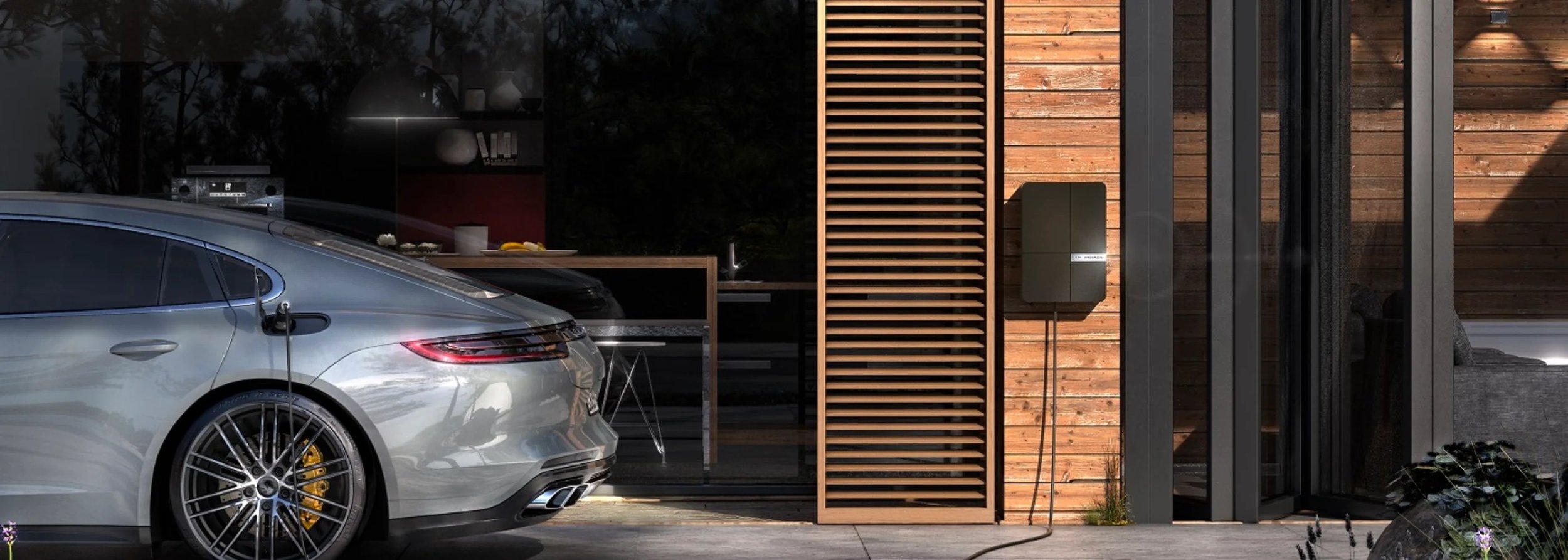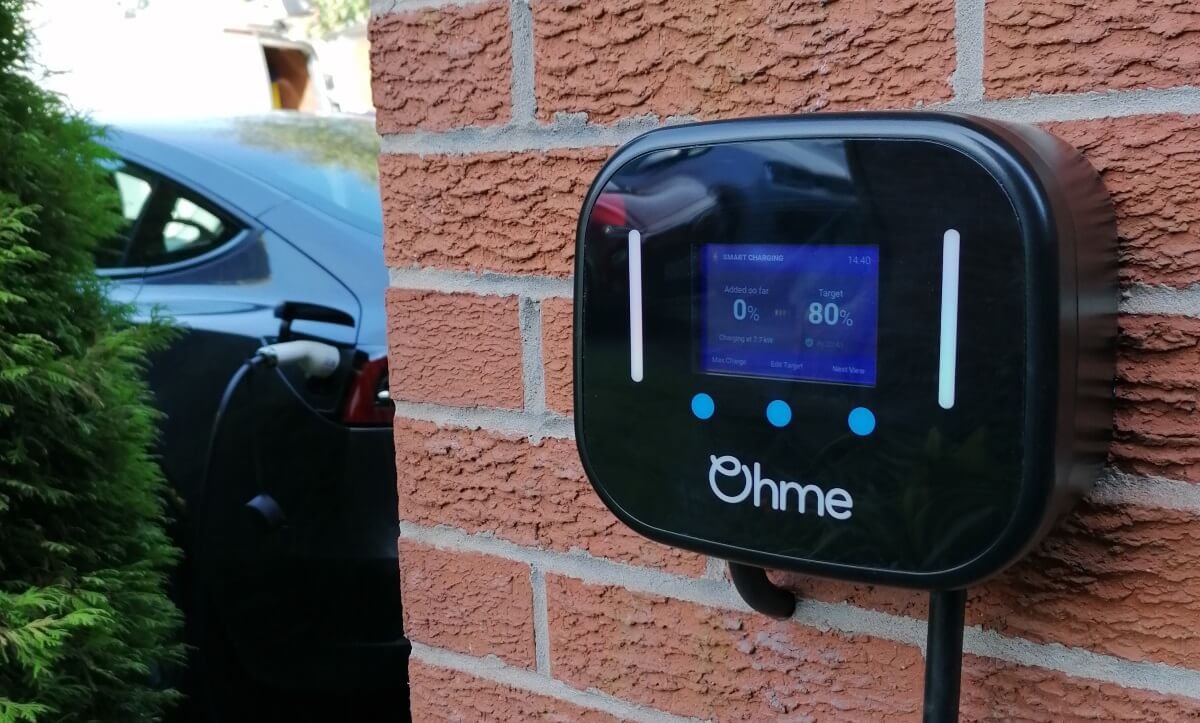
Domestic EV Chargers
Test driving and selecting your brand new electric car is undoubtedly exciting, but after you’ve chosen your dream electric car comes the task of choosing your electric vehicle (EV) charger.
As a CHAS and NICEIC approved company, our qualified team of experienced electricians deliver the highest standards of safety, giving you peace of mind to protect you and your electric car.
We can also advise you if you are eligible for any government grants to reduce your cost.
So, which electric vehicle charger should you choose?
We’ve picked a handful of the best home EV chargers on the market and we are happy to recommend and install the right electric vehicle charging solution for you. The EV chargers are compatible with all electric vehicles.
Home Charger FAQs
-
Yes, however it is not advised and that is because a regular 2.4kW three-pin wall socket will mean a very long charging time – in excess of 35 hours depending on the car - and are not suited to supplying high levels of power for lengthy periods and can therefore overheat. A wall box charger will offer substantially shorter charging times quickly and safely.
-
These are two different kinds of connectors for charging an electric car at home. Most likely it will be a Type 2 connector as the majority of cars use this type of plug after it was mandated by the EU that all plug-in cars from 2014 must have a Type 2 socket.
There are some cars that have the older, differently shaped Type 1 socket, such as the Mitsubishi PHEV. But these are rare and Type 1 to Type 2 converters are available.
-
It is your choice and the difference is as follows:
Untethered: No attached charging lead. More hassle every time you want to plug in, but allows you to swap out the lead - such as from Type 1 to Type 2 (see “Do all electric cars use the same plug?”).
Tethered: The charging unit has a power lead attached to it. It’s convenient as it means you can just pull up and plug in, as opposed to retrieving your car’s charging lead from the boot.
-
This is perhaps the most crucial bit. There is no single power option. The popular choice is up to 7.4kW for a typical UK home.
To save money on the charger, you could choose a lower power rate (such as 3.6kW). Though it will take longer to charge your car. It is possible to have an even faster charger, up to 22kW, but very few cars can actually receive a 22kW charge from an AC source like a domestic wall charger. Even if your car is capable of receiving a rapid charge of 100kW or higher, that’s the special DC charging rate, as opposed to the car’s AC charging rate.
-
The cost will vary depending on your needs and location of install but rest assured we have chargers that range from 7Kw – 22Kw with smart features or simple plug and go and we will work to your budget to achieve a solution.
If you own and live in a flat, or rent any residential property you could be eligible for the Electric Vehicle Chargepoint Grant. This could reduce the cost of your home charger by £350.
-
Vehicle to grid technology is an advanced form of power management, and it’s a potentially crucial part of the electric car future. Energy supplier Ovo Energy is currently running a vehicle-to-grid trial. If you’re registered to the trial, you get to choose a charging schedule via an app on your phone. This sets the minimum state of charge you need your car to be and for what time. For example, you’ve come home at 6pm in the evening, plugged your car in and specified that you want your car to be at least 80% full by 7am the following morning.
Overnight, your car will be charged when demand on the network is low, and when it’s more likely that energy from renewable sources is feeding the grid. But when demand on the grid is high, the charger can take power from your car, power your home and sell any excess energy back to the grid, helping to manage the UK power network and earning you money. Your app will tell you how much money you’ve made by doing this. The trial will run for two years. Ovo Energy estimates people could save up to £305 on energy bills.
-
If your car can receive an AC charge of 11 or 22kW, it is possible to speed up your charging times. The only problem is that you need a three-phase connection, which your home is very unlikely to have. Your electricity is supplied through either single phase or a three-phase supply. The difference between a single phase and a three-phase supply is as follows:
A single phase network, simply put, has one live wire.
A three-phase network has three live wires. You could connect to all three for a faster power supply.
The good news is that the majority of the UK is served by a three-phase network. The bad news is that most UK dwellings are attached to only one of those three live wires. So in fact, most homes have a single-phase connection, despite it being a three-phase network.

Next Steps
-
Get in touch
Contact us today to book your free consultation with one of our EV experts to answer any questions you may have and to discuss the best EV charger for your project.
-
Free quote
Our experts provide free advice and will talk through all the options available, before creating a tailor-made quote for your property and installation process.
-
Installation
Your EV charger can be installed, tested and commissioned on the same day depending on the complexity of the project. A fully completed test certificate will be issued.
-
Plug in and go
Our engineers will help you set up your charger App, demonstrate how to charge your electric car and answer any questions you may have, so you are ready to plug in and go.




